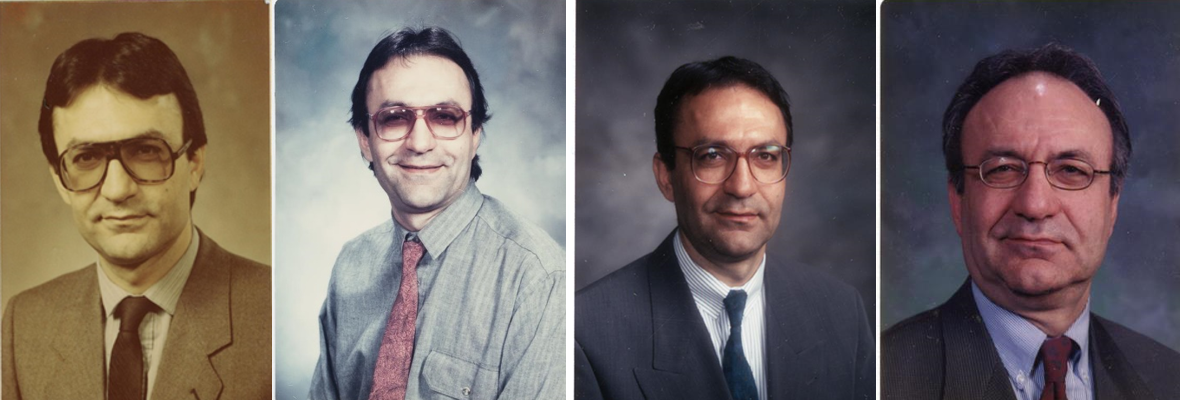Positron Emission Tomography (PET) and Pharmacokinetics: Classical Blood Sampling Versus Image-Derived Analysis of [18F]FAZA and [18F]FDG in a Murine Tumor Bearing Model
DOI:
https://doi.org/10.18433/jpps29788Abstract
Purpose: Pharmacokinetic (PK) data are generally derived from blood samples withdrawn serially over a defined period after dosing. In small animals, blood sampling after dosing presents technical difficulties, particularly when short time intervals and frequent sampling are required. Positron emission tomography (PET) is a non-invasive functional imaging technique that can provide semi-quantitative temporal data for defined volume regions of interest (vROI), to support kinetic analyses in blood and other tissues. The application of preclinical small-animal PET to determine and compare PK parameters for [18F]FDG and [18F]FAZA, radiopharmaceuticals used clinically for assessing glucose metabolism and hypoxic fractions, respectively, in the same mammary EMT6 tumor-bearing mouse model, is reported here. Methods: Two study groups were used: normal BALB/c mice under isoflurane anesthesia were intravenously injected with either [18F]FDG or [18F]FAZA. For the first group, blood-sampling by tail artery puncture was used to collect blood samples which were then analyzed with Radio-microTLC. Dynamic PET experiments were performed with the second group of mice and analyzed for blood input function and tumor uptake utilizing a modified two compartment kinetic model. Heart and inferior vena cava vROIs were sampled to obtain image-derived data. PK parameters were calculated from blood samples and image-derived data. Time-activity curves (TACs) were also generated over regions of liver, kidney and urinary bladder to depict clearance profiles for each radiotracer. Results: PK values generated by classical blood sampling and PET image-derived analysis were comparable to each other for both radiotracers. Heart vROI data were suitable for analysis of [18F]FAZA kinetics, but metabolic uptake of radioactivity mandated the use of inferior vena cava vROIs for [18F]FDG analysis. While clearance (CL) and blood half-life (t½) were similar for both [18F]FDG and [18F]FAZA for both sampling methods, volume of distribution yielded larger differences, indicative of limitations such as partial volume effects within quantitative image-derived data. [18F]FDG underwent faster blood clearance and had a shorter blood half-life than [18F]FAZA. Kinetic analysis of tumor uptake from PET image data showed higher uptake and longer tumor tissue retention of [18F]FDG, indicative of the tumor’s glucose metabolism rate, versus lower tumor uptake and retention of [18F]FAZA. While [18F]FAZA possesses a somewhat greater hepatobiliary clearance , [18F]FDG clears faster through the renal system which results in faster radioactivity accumulation in the urinary bladder. Conclusions: The present study provides a working example of the applicability of functional PET imaging as a suitable tool to determine PK parameters in small animals. The comparative analysis in the current study demonstrates that it is feasible to use [18F]FDG PET and [18F]FAZA PET in the same model to analyze their blood PK parameters, and to estimate kinetic parameters for these tracers in tumor. This non-invasive imaging-based determination of tissue kinetic parameters facilitates translation from pre-clinical to clinical phases of drug development.
This article is open to POST-PUBLICATION REVIEW. Registered readers (see “For Readers”) may comment by clicking on ABSTRACT on the issue’s contents page.
Downloads
Downloads
Published
How to Cite
Issue
Section
License
This is an open access journal with free of charge non-commercial download. At the time of submission, authors will be asked to transfer the copyright to the accepted article to the Journal of Pharmacy and Pharmaceutical Sciences. The author may purchase the copyright for $500 upon which he/she will have the exclusive copyright to the article. Nevertheless, acceptance of a manuscript for publication in the Journal is with the authors' approval of the terms and conditions of the Creative Commons copyright license Creative Common license (Attribution-ShareAlike) License for non-commercial uses.
CLOCKSS system has permission to collect, preserve, and serve this Archival Unit.



